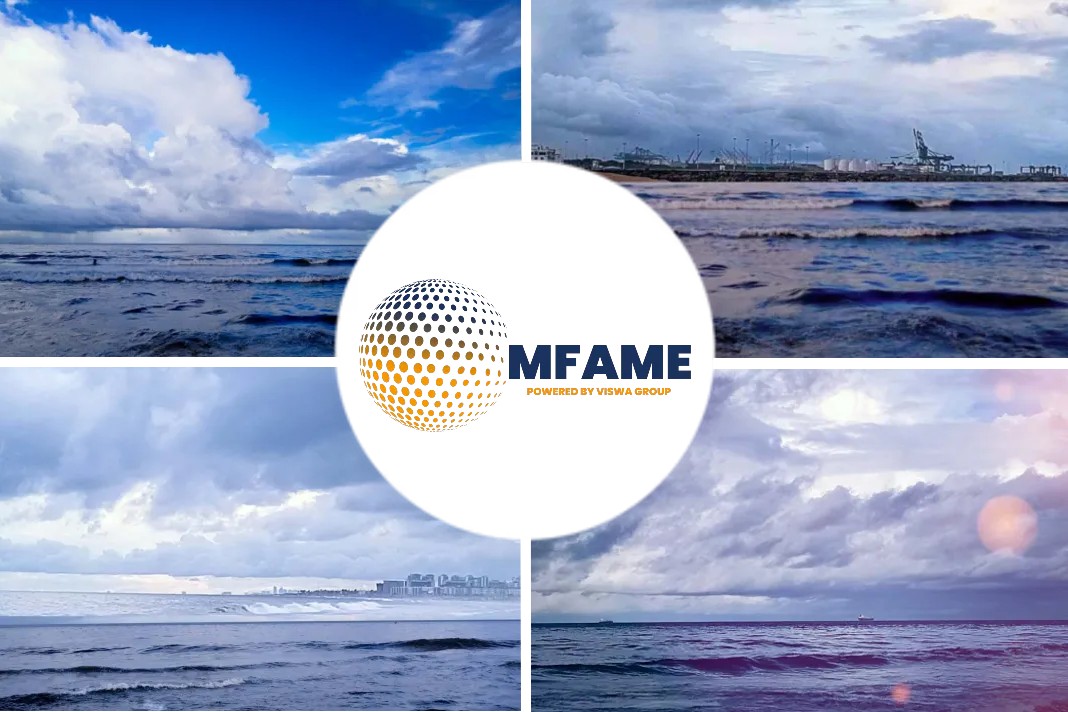
Marine life at risk due to ship emissions, states an Ajot news source.
Combined emissions
The combined emissions of metals and other environmentally hazardous substances from ships is putting the marine environment at risk according to a new study from Chalmers University of Technology, Sweden. When the researchers calculated the contaminant load from these emissions into the marine environment in four ports, it was found that water discharged from ships’ scrubbers, whose purpose is to clean their exhaust gases, accounts for more than 90 percent of the contaminants.
“The results speak for themselves. Stricter regulation of discharge water from scrubbers is crucial to reduce the deterioration of the marine environment,” says Anna Lunde Hermansson, a doctoral student at the Department of Mechanics and Maritime Sciences at Chalmers.
Environmental risk assessments (ERA)
Traditionally, environmental risk assessments (ERA) of emissions from shipping are based on one source at a time. For example, the ERA might look at the risk of copper in antifouling paints. But as with all industries, shipping is an activity where there are multiple sources of emissions.
“A single ship is responsible for many different types of emissions. These include greywater and blackwater, meaning discharges from showers, toilets, and drains, antifouling paint, and scrubber discharge water. That is why it’s important to look at the cumulative environmental risk in ports,” says Anna Lunde Hermansson who, with colleagues Ida-Maja Hassellöv and Erik Ytreberg, is behind the new study that looked at emissions from shipping from a cumulative perspective.
A scrubber can be described as a cleaning system for the exhaust gases arising from the combustion of heavy fuel oil, which has been the most common fuel used in ships since the 1970s. Seawater is pumped up and sprayed over the exhaust gases to prevent emissions of airborne sulfur from reaching the air.
Scrubbers mean that ships can comply with the requirements introduced by the International Maritime Organization (IMO) in 2020. The only problem is that the water not only takes up the sulfur from the exhaust gases, leading to acidification of the scrubber water, but also other contaminants such as heavy metals and toxic organic compounds. The contaminated scrubber water is then often pumped directly into the sea.
Did you subscribe to our newsletter?
It’s free! Click here to subscribe!
Source: AJOT




















